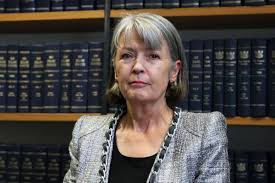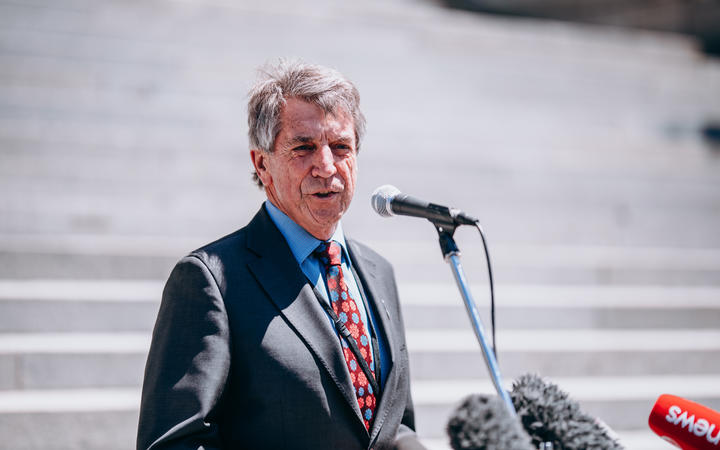5 takeaways from the Coroner’s and Ombudsman’s children’s reports
The Ombudsman and Coroner reports, released this month, identified inadequate treatment and care of children/tamariki by Crown agencies. The Coroner was reviewing the tragic death of a young two-year-old. The Ombudsman was reviewing policies and practices relating to the removal of newborn babies from their parents and whānau by Oranga Tamariki- the Ministry for Children.
Both reports identified big policy problems that we can all learn from.
Coroner’s report – In the matter of Hineihana Sosefina Mausii

The Coroner was looking into the tragic death of 2-year-old Hineihana Sosefina Mausii in 2013. There had previously been a serious adverse event (SAE) review by the Southern District Health Board(SDHB) and an investigation and review by the Health and Disability Commissioner. Both reviews had found critical failures in Hineihana’s care.
The question for the Coroner was whether she should make any comments or recommendations to reduce the chance of further deaths in similar circumstances.
Key findings of facts
The key facts were that Hineihana was taken twice, within 48 hours, to the Emergency Department(ED) of Dunedin Hospital with an acute health condition. On her second presentation, she was assessed by a junior doctor working under the supervision of a senior doctor. His assessment was found to have been inadequate and to have missed “red flags” about Hineihana’s poor health.
The senior doctor, responsible for supervising the junior doctor, failed to provide an adequate level of supervision appropriate to the junior doctor’s level of experience. As a result, Hineihana’s acute condition was not identified when it should have been. She was wrongly discharged with her parents not given any discharge information about follow up care and when to return to the ED.
Policy gaps
With her preventive hat on, the Coroner identified a couple of big policy gaps that had contributed to Hineihana’s inadequate treatment.
At the time of Hineihana’s re-presentation to the ED there had been no clear policy requiring her (ie as a child) to be assessed by a senior registrar or consultant. The SDHB claimed that requirement had since been introduced. The Coroner however disagreed.
Although it was stated as a requirement in several documents, there was no “single source of truth” aka operational policy requirement for unscheduled representations of children to ED within 48 to be assessed by a senior doctor. The status of the documents mentioning the requirement was unclear. So was the “requirement.” She recommended that this be addressed to prevent future tragedy.
The second policy gap concerned safety-netting at discharge. The SAE Review recommendations included the development of a written policy for safety-netting, and provision of both spoken and written advice for patients/parents/caregivers regarding when to return to the ED. It hadn’t yet been done. The Coroner reinforced the recommendation.

Ombudsman’s Inquiry
The Ombudsman reported back this month on their inquiry into the removal of newborns/pēpi from their parents. It made a number of key findings about poor practice. They also identified some critical policy gaps and errors concerning:
- the use of without notice s78 applications (interim custody applications) and criteria for how staff should identify and assess the viability of other options to make tamariki safe
- working effectively and equitably with disabled parents and other parents suffering from mental distress and drug and alcohol issues (ie using a disability-rights approach)
- for unborn and newborn pēpi, policy requiring:
- trauma-informed social work practice to be applied to assessments of the parents’ own childhood histories of abuse or neglect
- specialist assessments for parents with alcohol or drug misuse, mental health needs or intellectual disabilities.
- the Ministry to assist parents and whānau where their pēpi has been identified as at risk.
- a lack of policy guidance about the process of removing a pēpi from their parents once a s78 interim order has been granted.
The Ombudsman recommended these gaps be addressed to support better decisions and large scale practice change by the Ministry when care and protection are held for newborns.
Key takeaways
Although these reports were looking at different issues. They shared a focus on the care, health and wellbeing of our most precious tamariki. They identified and recommended that some key policy problems be fixed.
Although they concerned Crown agencies, there are some key takeaways for social and health services:
- critical issues that require the application of professional judgement and skill should be supported by operational policy requirements
- policy should reflect legal requirements and in the area of disability and mental health the United Nations Convention on the Rights of People with Disabilities
- to avoid confusion and uncertainty in the workforce, there should be a “single source of truth” when it comes to requirements and this should be your operational policy
- organisational policy must be usable and accessible for busy operational staff
- training should align with and support good operational policy.
If you want to know more about how our online policy and procedure service can support good practice and your compliance with regulations and standards, contact us.
